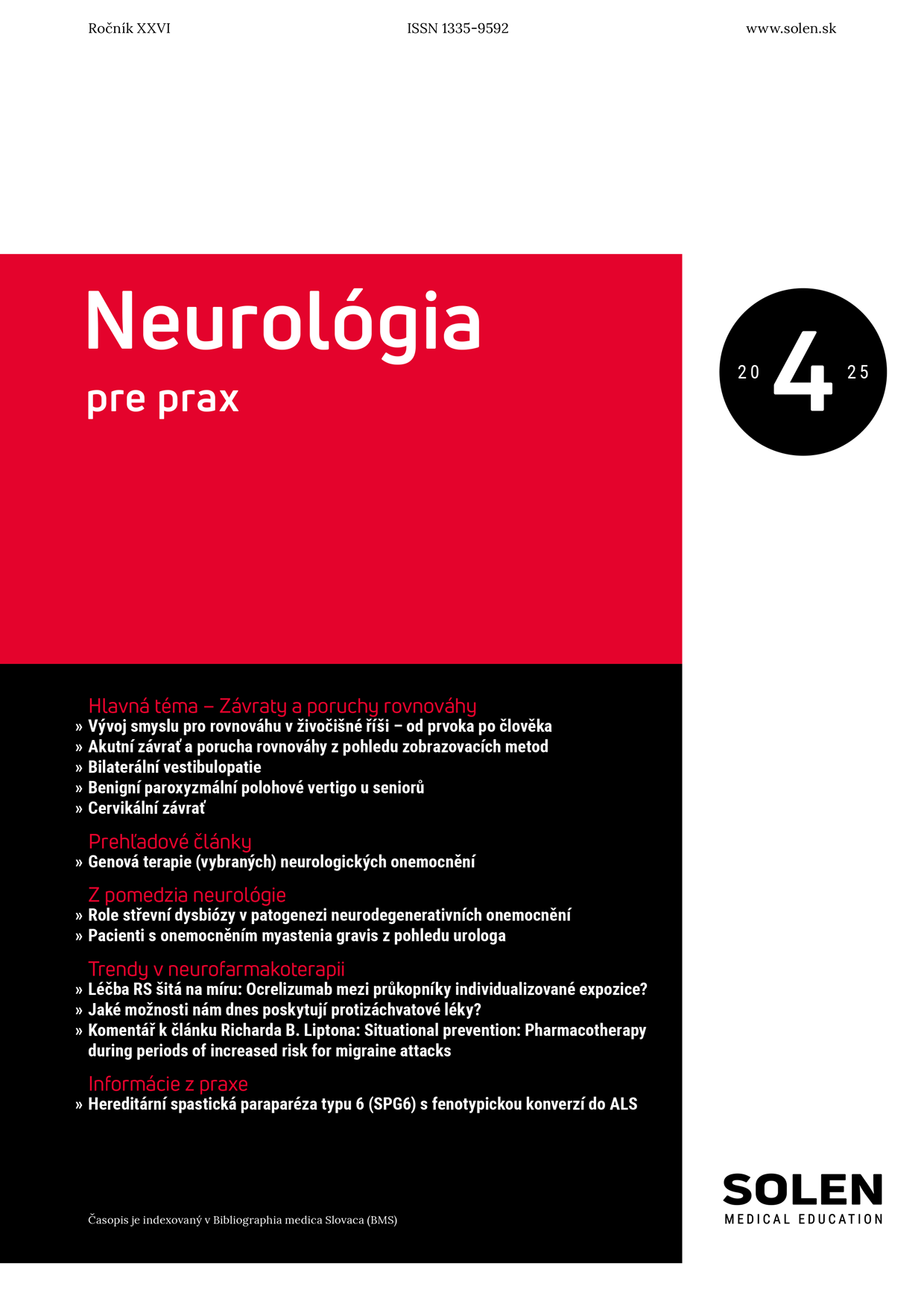Slovenská chirurgia 1/2013
Maggot therapy and chronic non-healing wounds
Different species of insects produce a wide range of biologically active substances, including hormones, defense substances and poisons. Using the maggot therapy, the most commonly used maggots are the larvae of Lucilia sericata - is a good example of the use of biomolecules produced by insects in the treatment of patients with chronic non-healing wounds, which result in significant deterioration of the patient‘s life and his relatives (surroundings), often lead to septic complications and to limb amputation. Many clinical studies around the world increasingly describe excellent effects of maggot therapy, which consists mainly of cleaning, disinfecting and speeding the healing of chronic non-healing wounds. Maggot debridement therapy is the intentional application of living, „medical“ maggots into the wounds aimed at the debridement, desinfection and eventually wound healing. Maggot (larval) therapy in its modern form in the Slovak Republic has been progressively introduced into clinical practice since 2004, while the supply of sterile maggots (larvae) was until mid-2011 provided free of charge. At present price of maggots covers only a part of the costs necessary for the functioning of the laboratory and thus represents only a small part of current prices in other EU countries.
Keywords: maggot therapy, non-healing wounds, debridement, costs, biologically active substances.

















